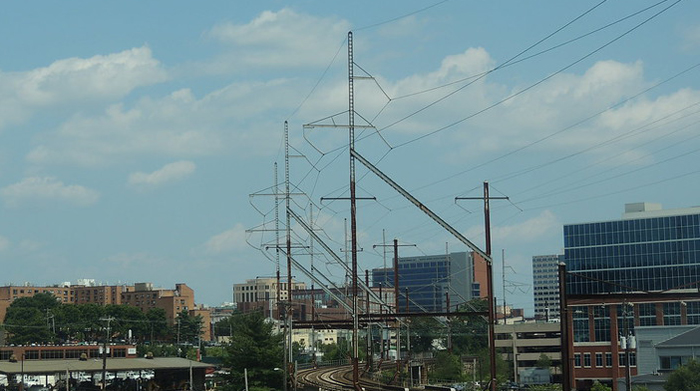IEA Warns that Urban Grids are at Risk of Widespread Failure

Image courtesy of Tonyglen14 under Attribution 2.0 Generic License, resized to 700 x 391 pixels.
A recent report from the International Energy Agency (IEA) warns that urban grids across the globe are being pushed to the limit thanks to consistently increasing demand. This should serve as a warning flag for both utility and government leaders around the world, because cities account for 75% of worldwide energy consumption. Key factors cited in the report include higher demand from cooling, and faster urbanization, among other things.
Why Urban Grids Desperately Need to be Modernized
The report, entitled Empowering Urban Energy Transitions, claims that 70% of urban electric infrastructure worldwide is already strained during severe storms or during periods of extreme heat. And this reality will only get worse as the transition away from fossil fuels picks up steam.
The daunting part about this is that turning this situation around will cost a ton of money. The report states that, starting in 2030, it would cost over $400 billion annually to modernize urban grids around the world. That’s a lot of magic beans!
The impact of cooling cannot be overstated. Globally, the installed capacity of space cooling equipment is predicted to double by 2030 and to double again by 2050. And the majority of this increase is concentrated in urban areas.
The trend toward increased global urbanization serves to exasperate the impact of the increasing cooling demand. According to the report, over the next 25 years or so, the breadth of newly-urbanized areas will exceed the land mass of Japan, Germany and Italy combined. And even now, urban areas provide over 80% of worldwide GDP, so clearly urban grids need to be as state-of-the-art as possible.
In the final analysis, cities are not the only places experiencing inadequate utility infrastructure. But because cities account for such a large percentage of global energy consumption, population density, and GDP, they should be first in line to upgrade their infrastructure. There is little doubt that many if not most of the urban grids around the world are inadequate, so the time is now to do something about it.



